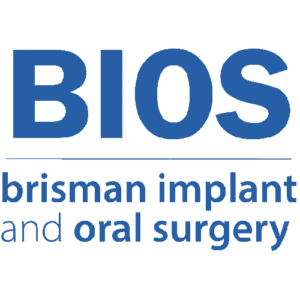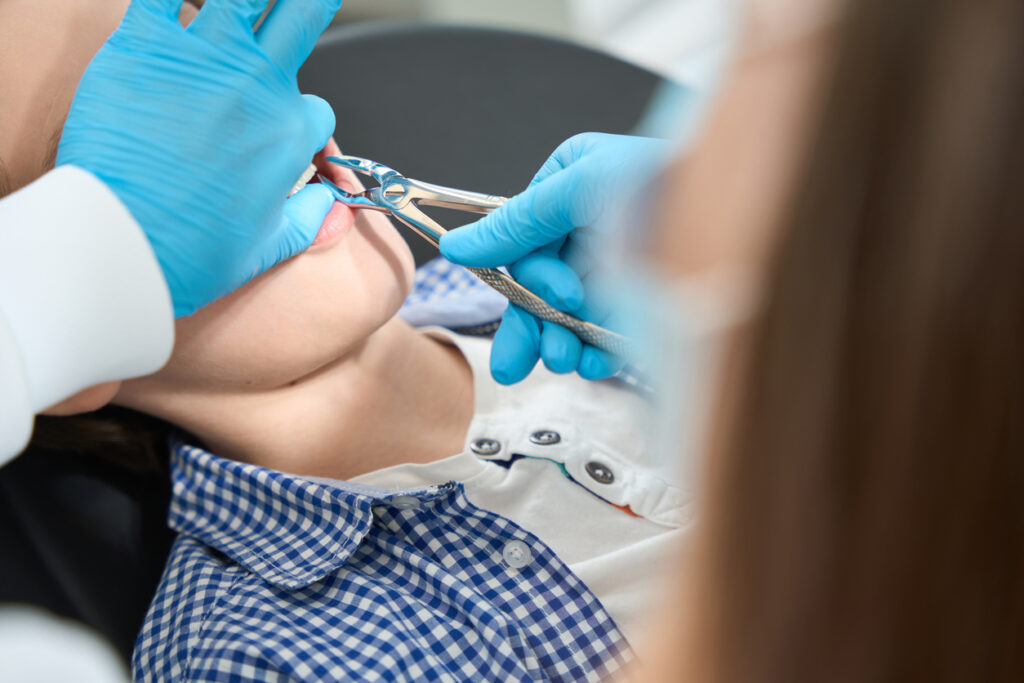Have you ever wondered what happens to the bone left behind after a tooth is extracted? Tooth extractions are sometimes unavoidable due to various reasons, such as decay, injury, or overcrowding. When a tooth is removed, the surrounding bone that once supported its structure begins to degrade and resorb. This degradation not only affects your jawbone’s integrity but also complicates future dental procedures and alters your facial aesthetics.
Socket preservation aims to mitigate these negative outcomes by taking proactive measures immediately after tooth extraction. Read on to learn more about this procedure.
What Is Socket Preservation After Tooth Extraction?
Socket preservation, also known as alveolar ridge preservation, is a dental procedure performed after tooth extraction to prevent bone loss and preserve the alveolar bone ridge. The primary goal is to maintain the bone volume and structure of the tooth socket to ensure the success of future dental implant placements.
By using biocompatible bone graft materials, dentists can encourage bone growth and stabilization in the tooth socket, facilitating a better outcome for subsequent implant procedures.
What Are the Benefits of Socket Preservation?
Preventing Bone Loss
Bone loss is an inevitable consequence of tooth extraction. The jaw bone, particularly the alveolar bone that holds the teeth, begins to resorb or shrink in the absence of stimulus from tooth roots. This bone tissue resorption can affect the bone volume, complicating future dental procedures like dental implant placement.
Maintaining Facial Structure
Apart from enhancing oral health, maintaining the jaw bone structure is essential for preserving facial aesthetics. Loss of bone can lead to gum recession, soft tissue loss, and even changes in facial structure, contributing to an older appearance. Socket preservation helps maintain the alveolar bone, preventing these undesirable changes and keeping your facial profile intact.
Enhancing Implant Success Rates
For those considering dental implants, socket preservation is vital for ensuring enough bone density and volume to support the implant. Adequate bone volume and structure provide a solid foundation for the implant, increasing the likelihood of long-term success and reducing the risk of implant failure.
Reducing the Need for Future Bone Grafts
By preserving the socket immediately after tooth extraction, the need for more complex and costly bone grafting procedures later on is minimized. This proactive approach saves time, reduces discomfort, and streamlines the path to receiving dental implants.
Promoting Better Oral Health
Socket preservation not only prepares the mouth for future dental procedures but also promotes overall oral health. Preventing bone and tissue loss helps maintain a healthier oral environment, making it easier to care for remaining teeth and gums.
How Is Socket Preservation Performed?
Step 1: Cleaning the Socket
After extraction of teeth, the dentist thoroughly cleans the socket to remove debris, blood clots, infected tissues, or remnant bone particles. This step is essential to ensure a healthy healing process and reduce the risk of complications like dry sockets.
Step 2: Placing Graft Material
Next, the dentist places bone graft material into the cleaned tooth socket. The graft materials can be derived from various sources, including human bone (autogenous or allogeneic), animal bone (xenogeneic), or synthetic materials. The graft encourages new bone growth and helps to maintain the correct bone volume.
Step 3: Covering With a Membrane
To protect the graft material and support bone regeneration, a resorbable membrane is often placed over the graft. This barrier membrane, often made from collagen, prevents soft tissue from entering the socket, ensuring that bone growth proceeds without interference. The use of absorbable thread ensures the membrane stays in place while the bone heals.
Step 4: Post-Operative Care
After the socket preservation procedure, it’s critical to follow your dentist’s care instructions. Post-operative care includes:
- Avoiding certain foods
- Maintaining oral hygiene to prevent infection
- Potentially using antibiotics or mouth rinses to facilitate healing.
The typical healing time varies, but maintaining good dental care throughout this period is necessary for a successful outcome.
What Materials Are Used in Socket Preservation?
- Autografts. Autologous bone grafts, taken from the patient’s own body, are often considered the gold standard due to their compatibility and excellent bone healing potential.
- Allografts. Allogeneic bone grafts are derived from human donor bone and processed by tissue banks. They are frequently used and are a suitable alternative to autografts.
- Xenografts. Xenogeneic grafts from animal sources, usually bovine bone graft material. These grafts are treated to guarantee biocompatibility and can support successful bone formation and regeneration.
- Synthetic Grafts. Synthetic bone materials, including biocompatible bone graft materials, are increasingly popular due to their predictability and lower risk of disease transmission. These materials can be an acceptable bone substitute for socket preservation.
What Potential Complications Can Arise From This Procedure?
- Infection. Despite thorough cleaning, there’s a small risk of infection, which can affect bone healing.
- Graft Rejection. On rare occasions, the body may reject the graft material, leading to graft failure.
- Delayed Healing. Some patients might experience slower healing times, especially if they have underlying health conditions or poor oral hygiene.
- Gum Recession. Ineffective grafting or improper membrane placement can sometimes cause soft tissue loss or gum recession.
- Implant Failures. Poor bone integration can lead to complications in future implant procedures, affecting the success rate of dental implants.
How Does This Method Compare to Other Preservation Techniques?
Socket Preservation vs. Natural Bone Healing
Natural bone healing occurs after tooth extraction when the socket is left to heal on its own. While this might work in some cases, it generally leads to more significant bone degeneration and inadequate bone mass, often resulting in a need for additional bone grafting procedures before any implant treatments.
Socket Preservation vs. Ridge Augmentation
Ridge augmentation is another method for rebuilding the alveolar ridge after significant bone loss. While effective, ridge augmentation is more invasive, expensive, and involves longer recovery times than socket preservation.
Socket Preservation vs. Immediate Implant Placement
In some cases, immediate implant placement right after tooth extraction is possible. This approach can mitigate bone resorption. However, not all patients are candidates for immediate implants due to factors like infection, lack of bone height, or immediate need for other dental care.
Keep Your Smile Intact: Book Your Socket Preservation Appointment Now!
Socket preservation after tooth extraction is essential for maintaining oral health and ensuring successful dental implant placements in the future. It offers a proactive solution to prevent bone loss, maintain facial structure, and simplify future restorative procedures.
If you’re facing a tooth extraction, consider discussing socket preservation with a reliable dentist to protect your bone structure and secure your dental health. For more information or to schedule a consultation, call Brisman Implant and Oral Surgery today. Our dedicated team is here to offer personalized treatment plans that prioritize your long-term oral health, ensuring your smile remains vibrant and strong for years to come.

